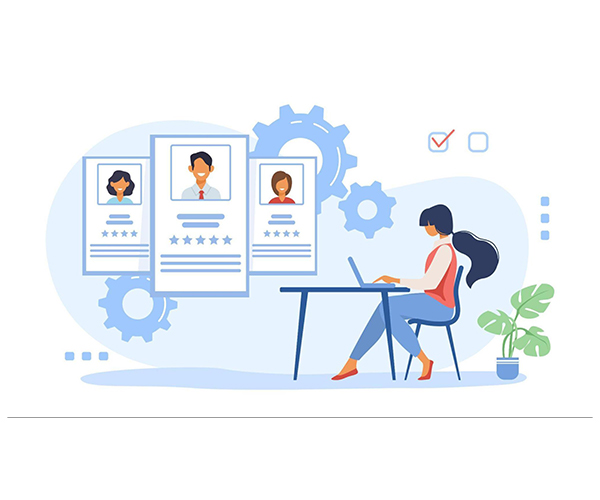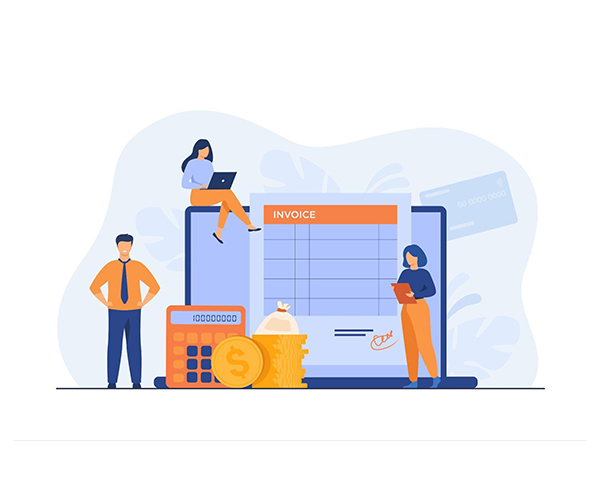
The complete guide to hiring for cloud roles and evaluation criteria you must use for each.
January 14, 2022
The Ultimate Guide to hiring the best Cyber Security and Compliance engineers
January 14, 2022
The Secret to Creating High-Quality Custom Apps

There are over 2.2 million apps on the Apple App Store and close to 3.5 million on the Google Play Store. Custom apps are getting increasingly popular, from organizations wanting to further their reach with a great app presence to individuals looking for an easy way to connect clients and companies. Creating a custom app is not the impossible task it may seem at first glance. Many developers say that they prefer doing custom work over other programming jobs because there is more opportunity to stretch out and show off their true talent and creativity. Developing custom apps is a highly complicated and resource-intensive process and, not to mention, time-consuming. Read on to know everything you need to know about custom app development.
Custom App Development: The Process

From the ideation stage to concept to launch, the amount of work involved is huge. App development is a tedious process even if we discount the difficulty of the development process. To give you an idea, the following stages are involved in the development of a google mobile app:
- Project Roadmap: The project begins by creating a roadmap that involves performing market and competitor research to understand the core market gaps and fill them. It also involves getting a clear idea of your target user base. It is also essential to assess the cost structure for the project and the monetization model for your app.
- UI/UX designing and Mockups: This stage is critical since it will define how your app looks and feels and how users interact with it. Designing user personas before you even begin with the design process is integral to the success of your app. The importance of “Empathize” is the first stage of the design process that cannot be understated. The mockups must define the user journey well enough to incorporate every function the app provides into it using wireframes. The designer must take specific care to make sure that a new user does not feel overwhelmed. High-fidelity mockups must be created only after the wireframes are ready. Designing an app is an iterative process, and it is never too late to go back to the drawing board and make changes that can help an end-user.
- Development and Testing: This might be the most crucial stage where the programmers write actual code that can render a user interface onto a screen. The importance of writing good quality code cannot be understated. Code quality is something that comes back to haunt you if not paid enough attention. You must establish a testing environment and automate as many tests as you can. Automated tests can increase the scope of testing and can go a long way in improving code quality. You can also choose to opt for a cloud-based testing environment to ensure that your app gets tested on a multitude of devices from all over the globe.
- Bug Fixing: Bug fixing is a critical stage of development that is continuous and will probably never end. There are mainly three types of bug fixes:
- Hotfixes: Usually involves easy-to-resolve bugs and is essential both to the business and the end-user.
- Fixing it in the next release build: It usually involves bugs that are relatively harder to fix but still might be necessary.
- Fixing it in the next major release build: Involves bugs that are not as important to fix
- Documentation and Maintenance: Documentation is integral to the development process for it makes sure that it is easier to maintain the app and the development work can be outsourced or handed over to a different team once the app is ready.
The Tough Question: Native Or Cross-Platform

Native apps are software programs designed for use on one operating system, while cross-platform apps are designed to work on multiple operating systems. Native apps are specifically created to use the features of a specific OS. They are quicker and more stable than cross-platform apps, which can be glitchy or even crash occasionally. Crossplatform apps offer the advantage of being compatible with all operating systems, but they often perform slower and are less reliable than native apps. The development cost and time for cross-platform apps are both significantly lesser than that for a native app. Apart from native apps, there are two cross-platform technologies worth taking a look at:
- React Native: Launched by Meta Platforms( commonly known as Facebook, inc) in 2015, React Native is a cross-platform development framework, contrary to what the name suggests. It uses the programming language JavaScript and is based on the React web framework. It has a great development community built around it and supports features like hot reloading/restarting, which do not always work but help a lot when they do. Meta does get high on their supply, choosing to use React Native for the Instagram, Oculus, and Facebook mobile apps, a significant vote of confidence for the framework. Apart from Meta, it is also used by companies like Tesla Motors, Walmart, Airbnb, Yeti Smart Home, and Uber Eats.
- Flutter: Google’s response to React Native launched in 2017 with a very different approach. React Native apps are not native. There’s a particular JavaScript-tonative bridge involved that slows down applications massively. Flutter got rid of it entirely by translating apps directly from the language used for development, Dart, to native machine code. It gives a near-native performance with an incredible graphic engine capable of drawing almost anything onto the screen. It also supports Hot reload/restart with an excellent track record of good performance. Google uses it for its Google ads, Stadia, and Google Pay apps. Apart from that, ByteDance has used Flutter for developing 70+ applications reducing development times by up to 33%. Flutter can also be seen in action in the BMW, eBay, Reflectly, Toyota, and countless apps by Tencent.
Costs of Developing an App

The cost structure for developing a custom app can vary depending on the kind of features you want. Having a ballpark figure about what it can cost is very important while planning the entire development process. Apps with a basic user interface and feature set can cost upwards of $40,000. Most complex development projects cost anywhere between $100,000-$150,000 for native apps. But as you could probably guess, there’s not much of an upper end here as to what you can spend. Cross-platform development can be much more cost-effective given how you can build a web, Android, and IOS app using the same codebase with technologies like Flutter and React Native.
How Atidan Technologies Can Help You Create Your Custom App From Scratch

Atidan specializes in creating Custom mobile apps with beautiful user interfaces that attempt to provide a fantastic user experience while keeping the end-user in mind. At Atidan, our goal is to help you realize the full potential of today’s cutting-edge technologies. With a presence in over 14 countries, We have software engineers that can help you maximize your technology investments and bring new efficiencies to your business. Our team of developers, architects, and specialists bring a diverse array of technology frameworks and a rock-solid approach to ensure your application works seamlessly.

